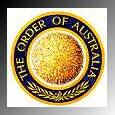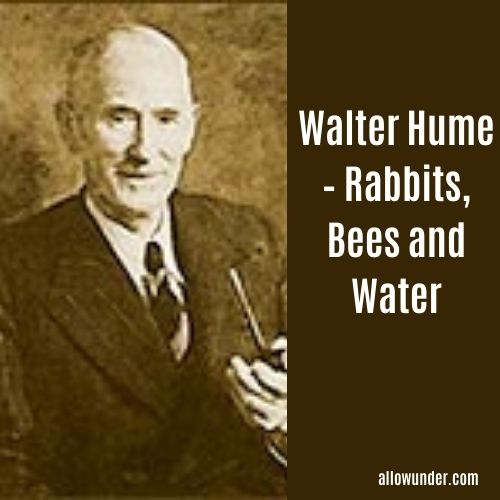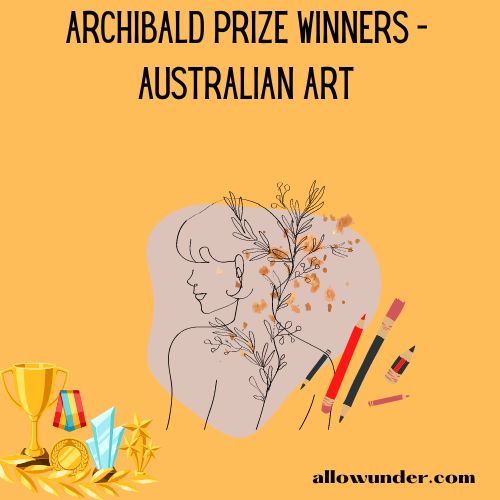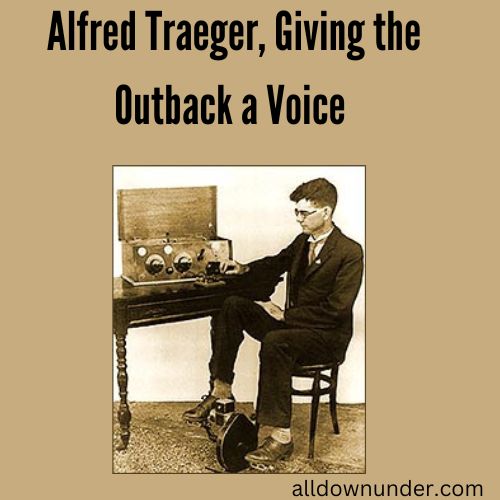Fred Hollows was a passionate eye doctor. He travelled the world to help others see by restoring sight and training local doctors to continue his work. The Fred Hollows Foundation continues Fred’s life-long commitment to improving eye health in Australia, across Asia and Africa.
It has been estimated that more than one million people in the world
can see today because of initiatives instigated by Hollows.
Frederick Cossom (Fred) Hollows, A.C.
Fred Hollows became world famous as an ophthalmologist, particularly for his work in restoring eyesight for countless thousands of Aborigines in Australia and people in many other countries.
Hollows was born in Dunedin, New Zealand on 9 April 1929 and spent his youth in Palmerston North in the North Island. He earned a BA at Victoria University in Wellington in 1949. He considered joining the clergy, and attended the Glenleith Bible College, but decided instead to enter medicine. He attended medical school at the University of Otago (1951-1955), and moved to Wellington Hospital (1955-1956) before working as a house surgeon at Auckland Hospital (1957-1960).
Hollows decided early in his career he wanted to specialise as an “eye doctor'”, a profession he described as “good work”, and in 1961 he went to Moorfields Eye Hospital in England to study ophthalmology.
He did post-graduate work in Wales before moving to Australia in 1965 where he became associate professor of ophthalmology at the University Of New South Wales in Sydney. From 1965 to 1992, he chaired the ophthalmology division overseeing the teaching departments at the University Of New South Wales, and the Prince of Wales and Prince Henry hospitals.
Work in the Aboriginal Communities
Early in the 1970s Hollows began visiting isolated New South Wales towns and stations and Aboriginal communities. He became especially concerned with the high number of Aborigines who had eye defects, in particular trachoma which causes blindness if not treated quickly.
In 1971 he set up the Aboriginal Medical Service in suburban Redfern, in Sydney, and was subsequently responsible for the establishment of medical services for Aboriginals throughout Australia. Hollows himself spent three years visiting Aboriginal communities to provide eye care and carry out a survey of eye defects. More than 460 Aboriginal communities were visited, and 62,000 Aboriginals were examined, leading to 27,000 being treated for trachoma and 1000 operations being carried out.
Order of Australia Refused

Hollows received an Advance Australia Award in 1981, but all the while was appalled at what he called blatant government disinterest in eye care for Aboriginals, so much so that he refused to accept the Order of Australia in 1985. Nonetheless, he became an Australian citizen on April 26, 1989, was a consultant to the World Health Organisation (WHO), and in 1992 was gratified to see the establishment of the Fred Hollows Foundation which has spread to many countries worldwide to provided eye care for the underprivileged and poor.
His selfless service was recognised in many ways. He was given a Human Rights Medal in 1990, and the same year he was named Australian of the Year, and was given the Advance Australia Award for medicine and overseas aid. He was Humanist of the Year in 1991 and over the years received a wide variety of civic, professional and scholastic awards.
He was married twice, in 1958 to Mary Skiller who died in 1975, and in 1980 to Gabi O’Sullivan.
Fred Hollows died in 1993 in Sydney (six years after being diagnosed with cancer) and was survived by Gabi and children Tanya, Ben, Cam, Emma, Anna-Louise, Ruth and Rosa. He was given a State Funeral service at St Mary’s Cathedral in Sydney on February 15, 1993, before the body was taken to Bourke (where he had worked in 1970) for burial on February 17.



